The walnut tree, with its sprawling branches and delicious nuts, can provide shade, beauty, and a bountiful harvest for generations to come. Growing walnut trees from seeds might take some time and patience, but the process is relatively straightforward and well worth the effort.
In this guide, we’ve got you covered with all the steps to grow walnut trees successfully, from planting the seed to enjoying the fruits of your labor.
1. Seed Collection

The first step in growing a walnut tree from a seed is to obtain a healthy, viable walnut. The key is to look for a tree that produces high-quality nuts. You should gather the nuts in the fall when they’ve naturally fallen to the ground, then choose the largest and healthiest-looking ones.
2. Stratification
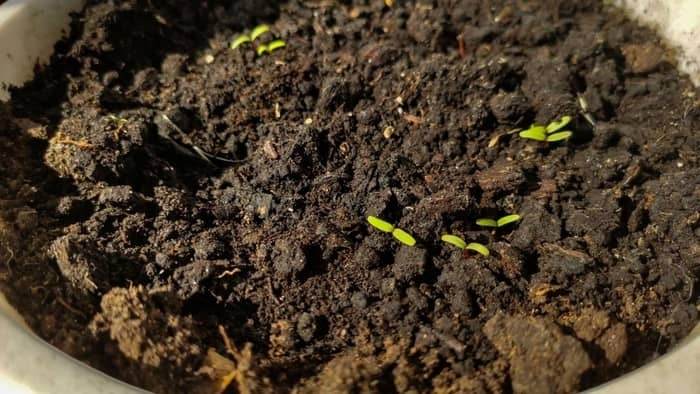
Walnuts need a period of cold stratification to break dormancy and trigger germination. You can do this by placing the seeds in a moist paper towel or sand and storing them in the refrigerator for about three months.
3. Planting
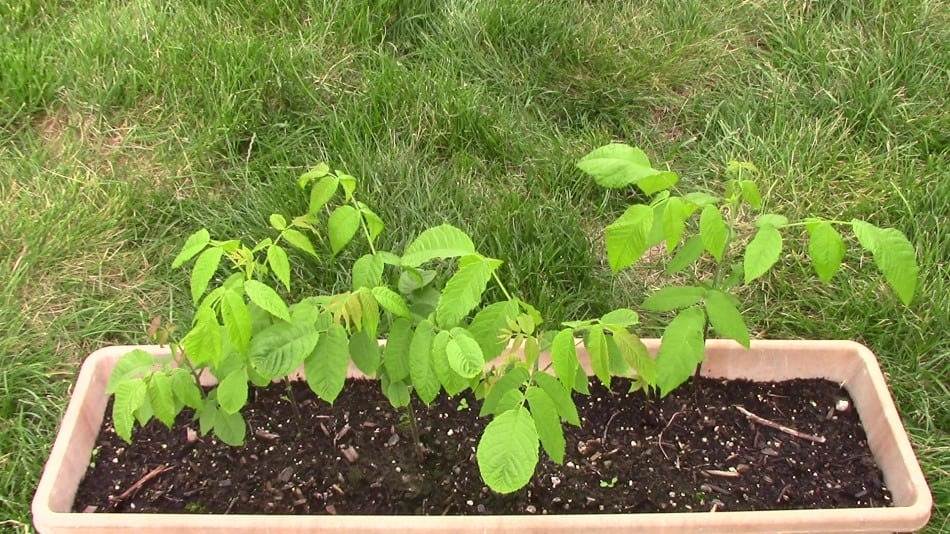
Once your walnut tree finishes its stratification period, it’s time to plant it in a new home. Choose a location with well-draining soil and plenty of sunlight. Plant the seeds about an inch deep, pointy end down. Space them at least 20-30 feet apart since walnut trees can get quite large.

You should see seedlings emerge within a few weeks to a couple of months. When they reach a height of about 12 inches, choose the healthiest one and prune the rest.
4. Care And Maintenance
In the first couple of years, water your walnut tree regularly, especially during dry spells. Once established, they’re pretty drought-tolerant. You can apply a layer of organic mulch around the base of your tree to help retain moisture and suppress weeds. Mulching also keeps the soil temperature stable.
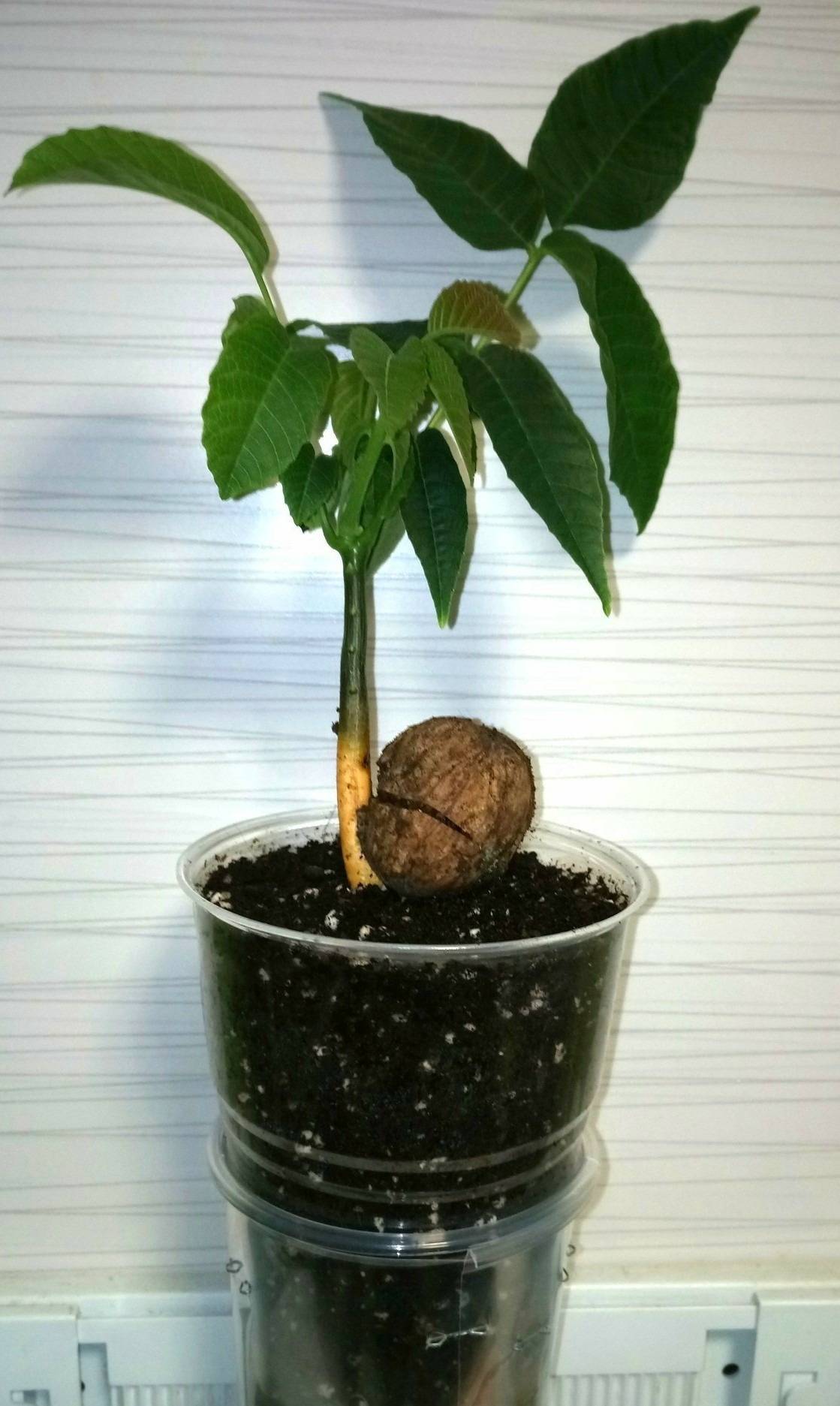
As your walnut tree grows, prune it to establish a strong central leader and remove any damaged or crossed branches. This early shaping will lead to a healthier and more productive tree. You can apply a balanced fertilizer to help your tree grow. After it’s established, a yearly application in early spring is typically sufficient.
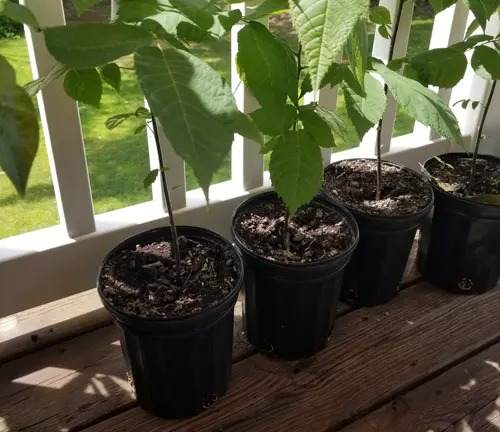
It’s also important to keep an eye out for common walnut pests like aphids and codling moths. Both organic pest control methods and beneficial insects can manage them well.
5. Time To Fruit Bearing
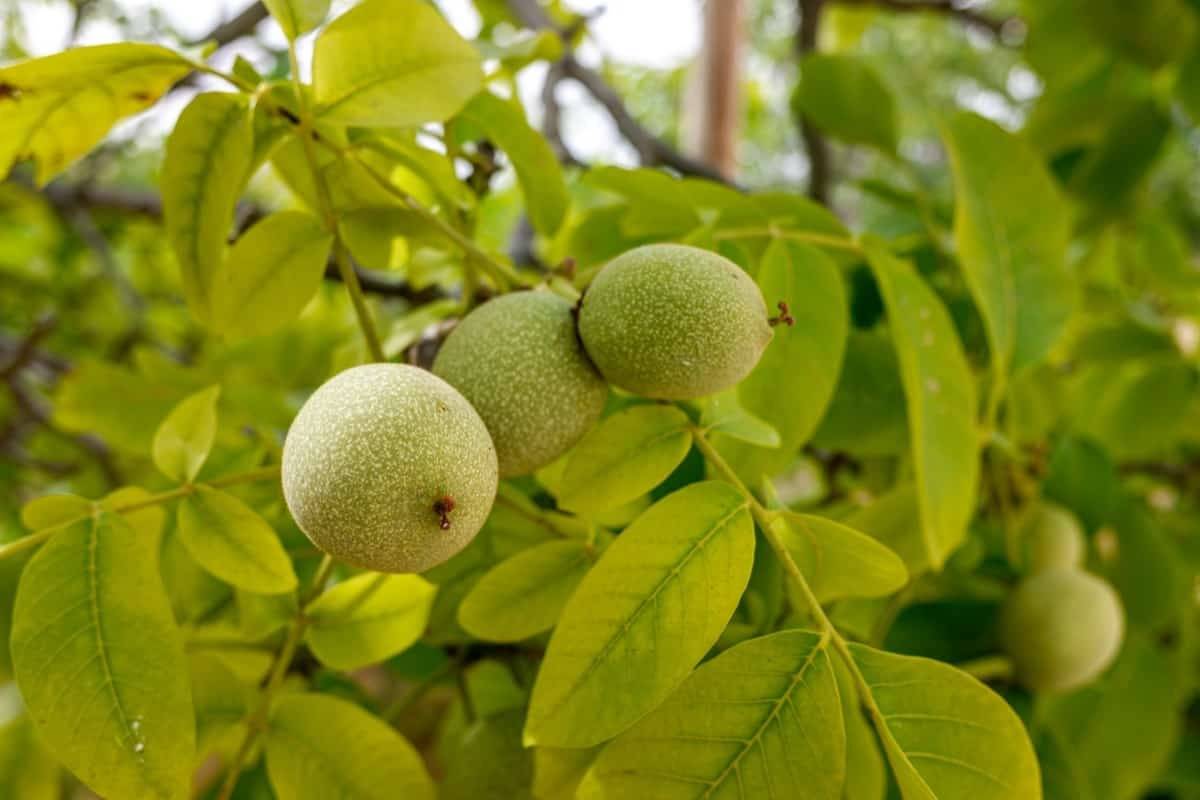
Patience is key when it comes to walnut trees. Typically, it takes about 4-7 years for a walnut tree to start producing nuts. This might seem like a long time, but once it begins bearing fruit, you’ll have a reliable source of delicious, fresh walnuts for decades.

In conclusion, growing walnut trees from seeds is a long-term investment, but the rewards are bountiful. You’ll not only enjoy the beauty and shade of this majestic tree, but you’ll also have a lifetime supply of delectable, nutritious walnuts. So, roll up your sleeves, plant those seeds, and watch your walnut tree journey begin.
